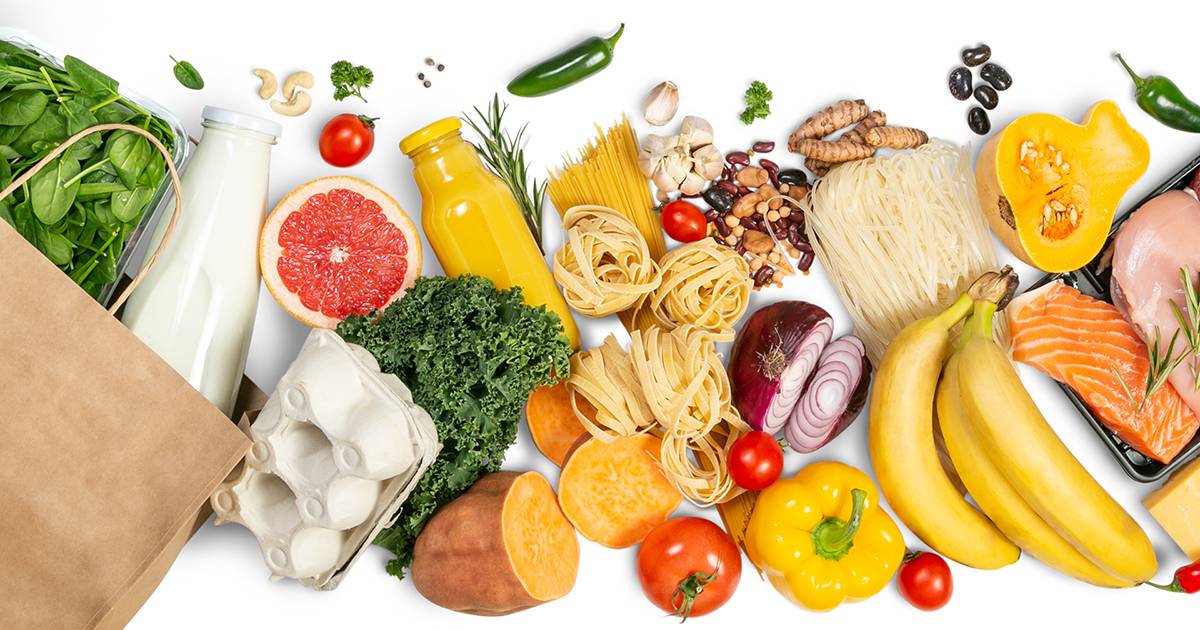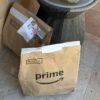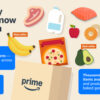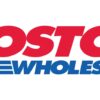What Worked in 2021 as the Industry Heads into 2022: Selling Fresh Food at Economy of Scale
by Joel Groover
January 12, 2022
It’s hard to predict what will happen in the industry nowadays, but what started working as consumer behavior began to change in 2021 likely will be the ticket in 2022, as well. Here’s Part 5 of Commerce + Communities Today’s coverage of what worked in 2021 as the industry heads into 2022.
Selling Fresh Food at Economy of Scale
Metrics abound in the marketplaces industry, from comp store sales to EBITDA and net operating income. But when it comes to gauging retailer success in 2021, WeinPlus founder and CEO Rachel Elias Wein said a simple thermometer can offer some powerful clues.
“That’s because fresh has become so much more important to the American consumer,” said the corporate strategy consultant, whose clients have included Publix, Kroger and Walgreens. “We continue to see this huge shift toward food at home. If the operator was selling more things that are cold like milk or eggs or hot like prepared meals, it likely received a disproportionate share of consumer spending.”
During Kroger’s third-quarter earnings call on Dec. 3, CEO Rodney McMullen described higher food-at-home sales as a permanent, structural shift. “It’s more affordable, convenient and healthier than other options; plus, you can do it as a family,” he said, according to a Seeking Alpha transcript of the call.
For Wein, this points once again to the upside of investing in online infrastructure, a pre-pandemic priority for the likes of Target, Kroger and Walmart but one that yielded particularly strong dividends in 2021. “Scale is a prerequisite, which is why the larger regional and national retailers can invest and pull away from local and smaller regional competitors,” Wein said.
Kroger’s online-only entry into Florida demonstrates larger operators’ greater ability to pivot in response to consumer shifts, she noted. The strategy hinges on a 350,000-square-foot, automated fulfillment center, powered by online grocer Ocado, in Greater Orlando, served by spoke facilities in Tampa and Jacksonville.
“Kroger is offering home delivery without the usual rollout of stores that you see when a grocer enters a new market,” explained the consultant, who lives in the Tampa-St. Petersburg area. “I’m getting weekly mailers and seeing Kroger home delivery vans in my neighborhood. Only a larger grocer could brave a risk like this, but the rewards of success would include not just grabbing market share in Florida from Publix and Walmart but also learning lessons that would allow this approach to be replicated elsewhere.”
The supply chain crunch of 2021 underscored other advantages of having some weight to throw around. “We saw Americans consolidating their shopping trips last year partly out of a desire to avoid COVID but also in response to shortages,” Wein said. “They wanted reassurance that their favorites would actually be available, whether online or in store.” Mass-market retailers are suppliers’ biggest customers, and so they enjoyed first dibs on scarce inventory. “The inventory advantage went to the largest category killers like Walmart and Kroger but also Costco and Home Depot,” Wein said.
But demand for food at home has been so strong that even some underperforming grocers felt a significant sales lift. “As essential retailers, grocers saw their least-productive stores get a new lease on life, but the question is whether that continues,” Wein noted. “My sense is that once again, the future will come down to fresh. Brick-and-mortar retailers selling items that require immediacy have the greatest resilience and moat when it comes to e-commerce, as well. It’s a lot harder to warehouse a banana than a coffee maker. Those with the strongest offerings will have the best chance of sustained performance in 2022 and beyond.”





